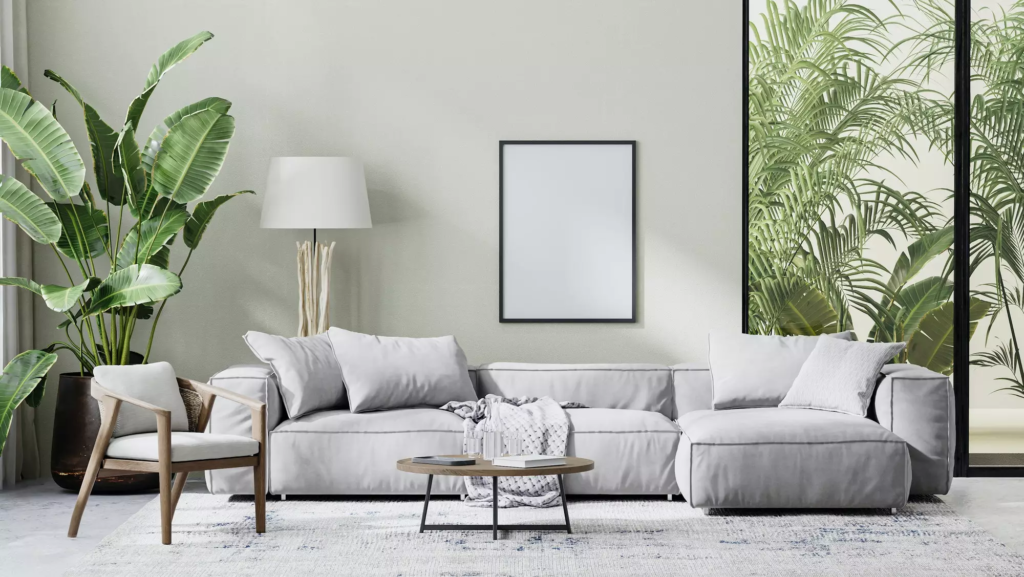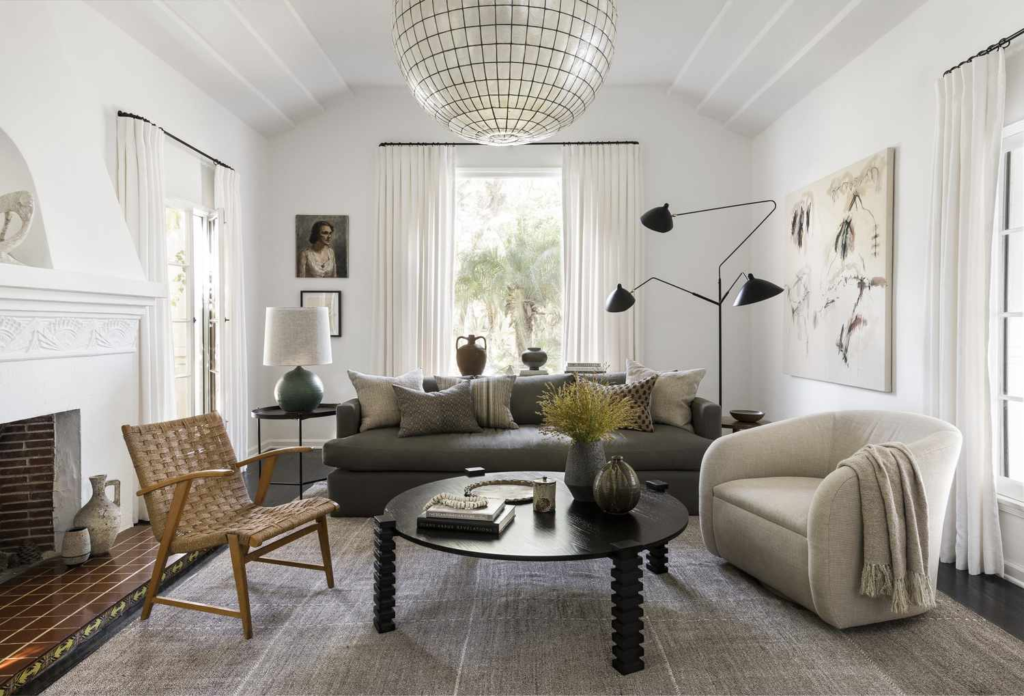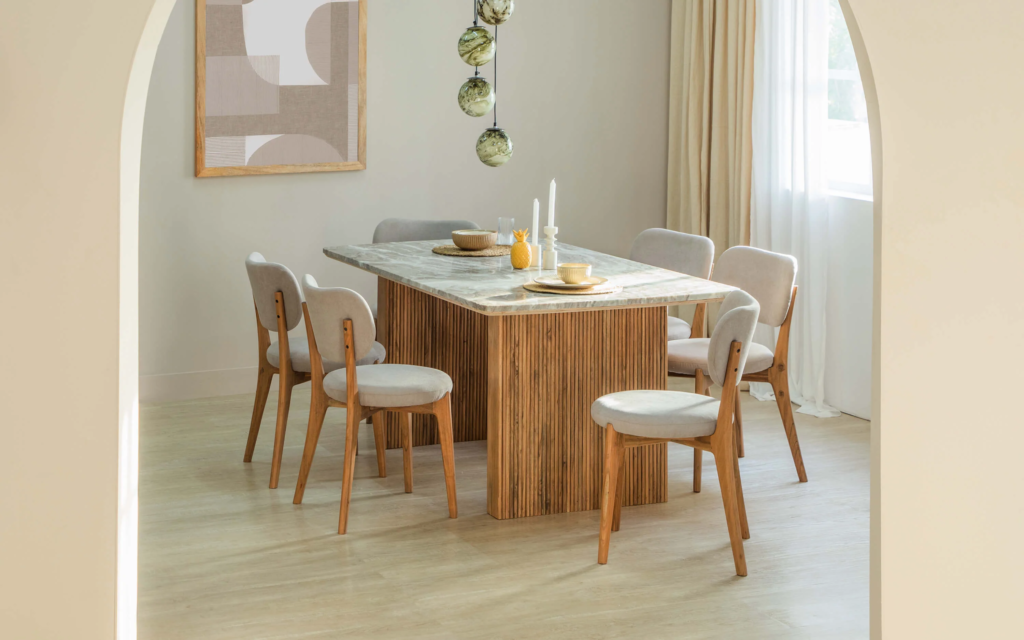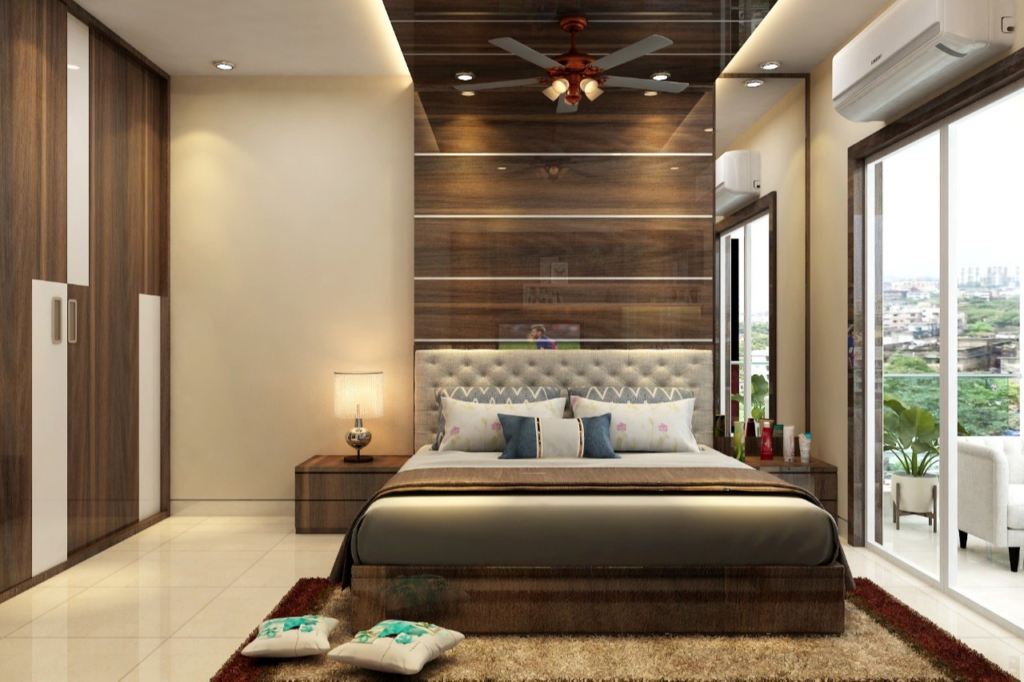Furniture plays a significant role in shaping the aesthetics and functionality of any living space. Whether you are furnishing a new home or updating your current décor, it’s crucial to make informed choices that strike a balance between style, comfort, and durability. This comprehensive guide will walk you through the essential factors to consider when selecting the right furniture for your needs.
Understanding Your Needs and Preferences

Before you start shopping for furniture, it’s essential to have a clear understanding of your needs and preferences. Take the following steps to determine what you’re looking for:
1.1 Assess Your Space
Begin by assessing the available space in the room where you intend to place the furniture. Measure the dimensions, including the width, length, and height. Consider the layout and traffic flow within the space to ensure your furniture fits comfortably without overcrowding the room.
1.2 Define Your Style
Your personal style plays a crucial role in choosing furniture that reflects your taste. Explore different design styles, such as modern, traditional, rustic, or contemporary, and identify the one that resonates with you. Keep in mind that mixing styles can create a unique and eclectic look if done thoughtfully.
1.3 Consider Your Lifestyle
Think about your lifestyle and how you use the space. Do you have children or pets? Do you frequently host guests? These factors can influence your choice of furniture materials and designs. For instance, if you have pets, you might want to opt for stain-resistant fabrics.
1.4 Set a Budget
Establish a budget for your furniture purchase. This will help you narrow down your options and prevent overspending. Be sure to account for additional expenses like delivery fees and any accessories or decor items you plan to purchase.
Choosing the Right Furniture Pieces
Now that you have a clear understanding of your needs and preferences, it’s time to select the right furniture pieces. Here are some considerations for each type of furniture:
2.1 Sofas and Seating

Sofas and chairs are central to your living room or lounge area. When choosing them, consider the following:
a. Comfort
The comfort of your seating should be a top priority. Test the cushions and upholstery to ensure they provide adequate support and comfort. Different people have different preferences, so choose seating that suits your body type and posture.
b. Material
Select upholstery materials that align with your lifestyle and design aesthetic. Leather is durable and easy to clean, while fabric upholstery offers a wide range of colors and textures. Microfiber is a popular choice for its stain-resistant properties.
c. Size and Scale
Ensure that the size and scale of the sofa or chairs are appropriate for your room’s dimensions. Oversized furniture can make a small room feel cramped, while undersized furniture can look out of place in a spacious area.
2.2 Dining Furniture

Dining furniture, including tables and chairs, should be both functional and aesthetically pleasing:
a. Table Shape and Size
Consider the shape and size of the dining table based on the available space and the number of people you typically entertain. Round tables work well in small spaces, while rectangular tables are more suitable for larger rooms.
b. Chair Comfort
Dining chairs should be comfortable for extended seating during meals. Upholstered chairs offer added comfort, while wooden or metal chairs are more durable and easier to clean.
2.3 Bedroom Furniture

Your bedroom should be a comfortable retreat. When selecting bedroom furniture, pay attention to the following:
a. Bed Size
Choose a bed size that accommodates your sleeping preferences and the available space. Options range from twin and full to queen and king sizes.
b. Mattress Quality
Invest in a high-quality mattress that provides the right level of support and comfort for a good night’s sleep.
c. Storage Solutions
Consider bedroom furniture with built-in storage options like under-bed drawers or dressers to maximize space in smaller bedrooms.
2.4 Storage Furniture

Storage furniture, such as cabinets and bookshelves, helps keep your space organized:
a. Durability
Opt for sturdy materials like solid wood or metal for storage furniture that will endure daily use.
b. Functionality
Think about the specific storage needs in your room. Adjustable shelves and compartments can make it easier to customize the storage space to your requirements.
Evaluating Furniture Quality

No matter the type of furniture you’re considering, assessing its quality is crucial for long-lasting satisfaction. Here’s how to evaluate the quality:
3.1 Construction
Inspect the construction of the it. Well-constructed pieces typically have solid, reinforced frames and joints. Avoid visible signs of poor craftsmanship, such as uneven seams or loose hardware.
3.2 Materials
Examine the materials used in the furniture’s construction. High-quality materials, such as hardwoods for wooden furniture, ensure durability. Check the upholstery fabric for its durability, colorfastness, and stain resistance.
3.3 Comfort
Sit on sofas and chairs to test their comfort. For mattresses, spend some time lying down to assess the level of support and comfort they offer.
3.4 Brand Reputation
Research the reputation of the brand or manufacturer. Read reviews and seek recommendations to ensure you are investing in a reputable and trustworthy brand.
Maintaining Your Furniture

To ensure the longevity of your furniture, it’s essential to maintain it properly:
4.1 Cleaning and Care
Follow the manufacturer’s instructions for cleaning and care, which can vary depending on the materials used. Regularly dust, vacuum, and clean upholstery to prevent dirt and stains from accumulating.
4.2 Preventive Measures
Use furniture protectors like coasters and placemats to prevent scratches and water damage. Consider using covers for outdoor pieces to protect them from the elements.
4.3 Repairs and Maintenance
Address any repairs promptly to prevent minor issues from becoming major problems. Tighten loose screws, fix wobbly legs, and address upholstery damage as soon as it occurs.






